A Guide To Systematically Develop Sporting Excellence: Long-Term Athlete Development
Achieving sporting excellence isn’t just a month long quest. It is years of hard work coupled with precision planning. Now, while many athletes are more than willing to put their bodies through the grind, it’s in the planning where we are often found lacking.
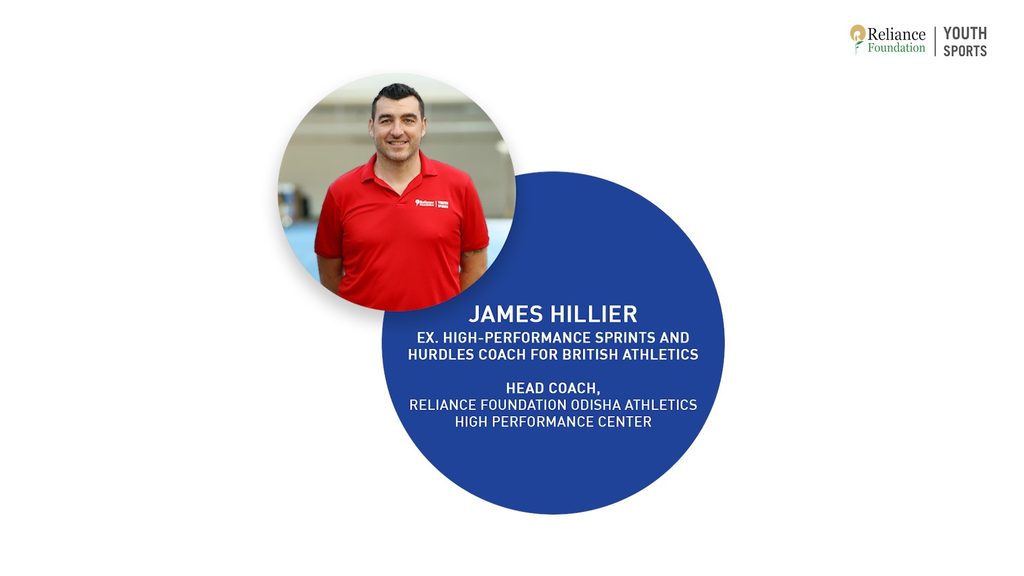 Achieving sporting excellence isn’t just a month long quest. It is years of hard work coupled with precision planning. Now, while many athletes are more than willing to put their bodies through the grind, it’s in the planning where we are often found lacking.
Achieving sporting excellence isn’t just a month long quest. It is years of hard work coupled with precision planning. Now, while many athletes are more than willing to put their bodies through the grind, it’s in the planning where we are often found lacking.
At the Reliance Foundation Odisha Athletics High Performance Center, the athletes are being trained by a team of world class experts, led by Olympic Medal winning Athletics Coach James Hillier (Link of James’ Profile Video), who brings with him bags of experience regarding how an Athlete’s journey should be charted out.
“Athletics,” says Hillier, “unlike other sports is a late specialization sport, where peak performance is typically reached at 25-26 years. Therefore, it is really important when we are developing Athletes that they stay healthy and enthused and are able to carry on the sport and their training way into their twenties in order that they can fulfill their potential.”
To help Athletes truly maximise their potential, Coach Hillier puts forth the Long-Term Athlete Development (LTAD) model. The LTAD model advocates that a career in Athletics should be organised in key distinct stages which are defined from the knowledge of children development with each stage having clear and precise objectives. Here’s a look at each of those seven stages.
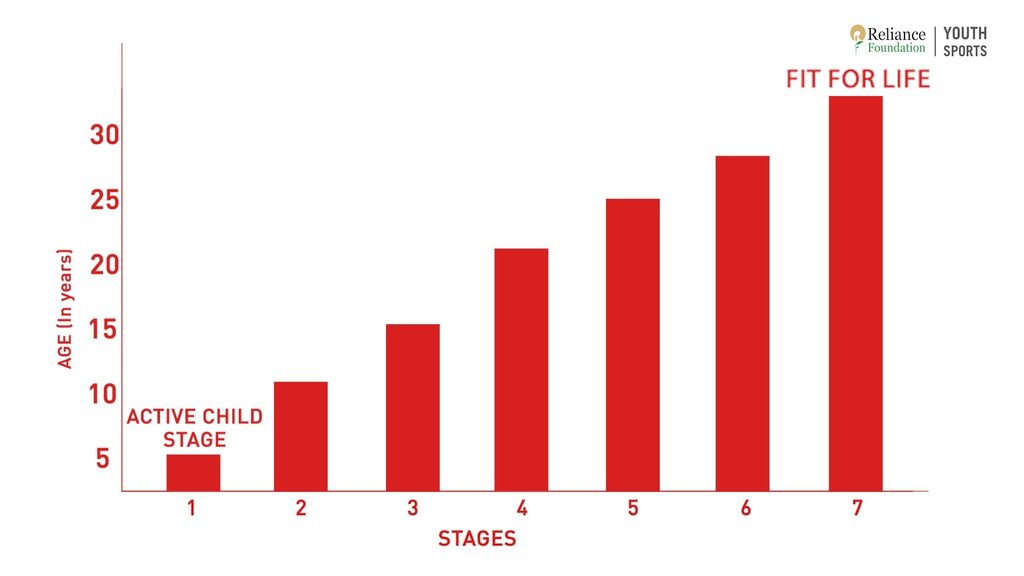 1st Stage - Active Child Stage - 0 to 6 Years
1st Stage - Active Child Stage - 0 to 6 YearsDuring this initial phase the three key things to promote among children are:
1) Multiple daily physical activity sessions
2) Allow the child to discover and explore their environment and also reward their creativity
3) The child should be encouraged to Roll, Turn, Run, Jump and Throw.
2nd Stage - Have Fun Stage - 6 to 9 Years
This stage is when you need to start promoting moving and physical activity as fun. Here you focus on general development and cognitive learning. Fun games can be used to teach basic elements of Athletics
The three core components of Athletics are Run, Jump and Throw. Hence, we must also design our games to incorporate these 3 key physical attributes.
3rd Stage - Learning To Train Stage - 9 to 12 Years
During this stage we focus on developing general sports skills using a multi-sport approach. Young athletes should be encouraged to play many different sports. The primary aim is to teach them basic warm-ups and condition the body for flexibility and coordination work.
This stage is also important as we can start talent identification for the best athletes.
4th Stage - Training to Train Stage - 12 to 16 Years
This is the phase when we begin to develop the key specific skills for all sports. The Athlete is introduced to appropriate load weight training - Body weight or light weights in the gym - to learn the technique before loading the bar too heavy.
This is also a General Talent selection stage, picking athletes for High Performance Academies/Centers and exposing them to individual training.
5th Stage - Training to Compete Stage - 16 to 23 Years
Now is when the Athlete needs to start developing specific physical qualities needed for the chosen sport/event. Athletes start to learn how to compete and the factors that go along with that such as - dealing with pressure, learning how to win and learning how to lose. This stage becomes the start of specialised training of the athlete.
6th Stage - High Performance Stage - 23+ Years
This is when we really have to maximise the specific physical qualities that athletes have been developing. The focus here is to draw out the best performances from the Athlete in key competitions. It is during this phase when we want to truly maximise the potential of our athletes.
7th Stage - Fit For Life Stage - 30+ Years
Once the Athlete has finished competitive sport, it is paramount that they transition from performance sport to keeping fit and healthy for the rest of their lives. The athlete should be able to enjoy sport and get fulfilled from it, even after retiring from competing for glory in their sport/event. Sports should play a key role of a healthy daily, weekly, monthly and yearly routine.
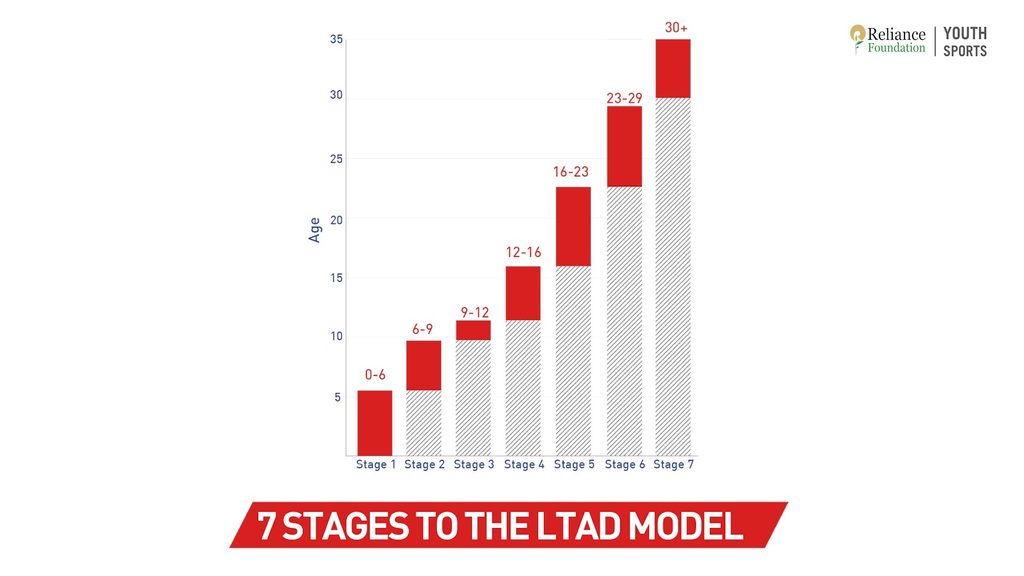 Here’s the video, where James explains these stages in detail, which are critical to a young athlete’s development, from a promising talent to a successful medal winner.
Here’s the video, where James explains these stages in detail, which are critical to a young athlete’s development, from a promising talent to a successful medal winner.
Also, stay tuned for more such exciting and important videos, where our experts shed more light on topics related to fitness, nutrition, performance and mental well-being.

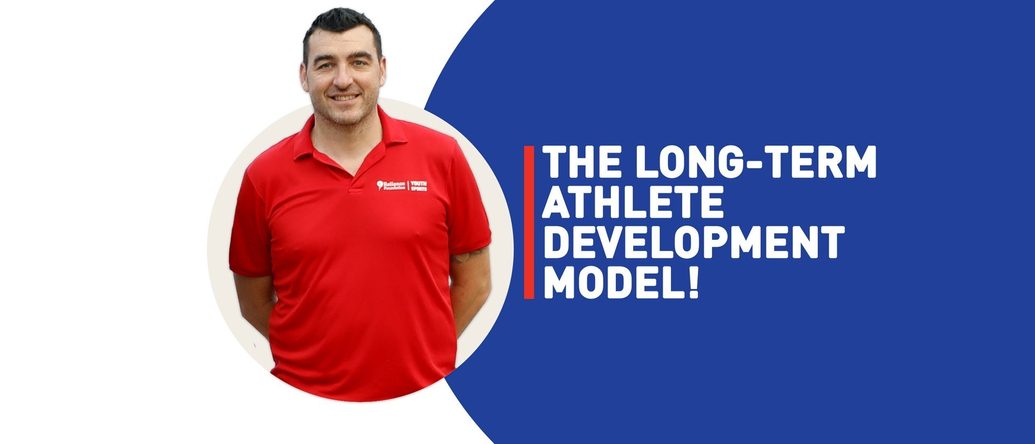
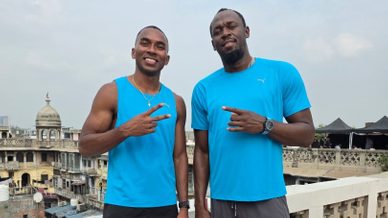
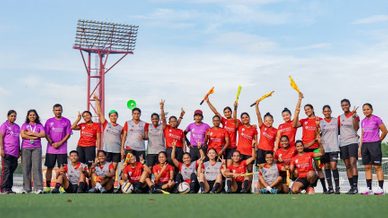
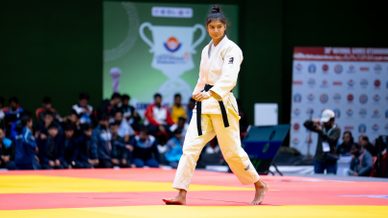
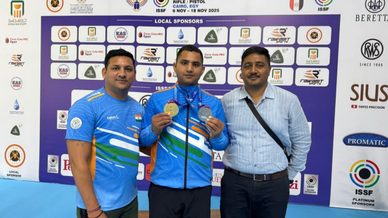
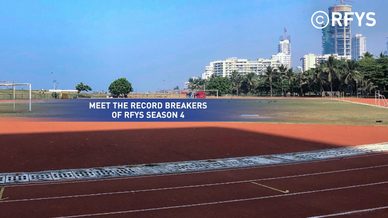
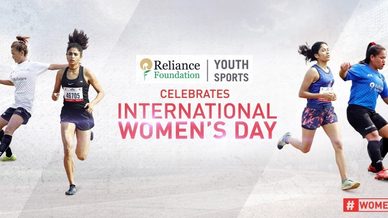
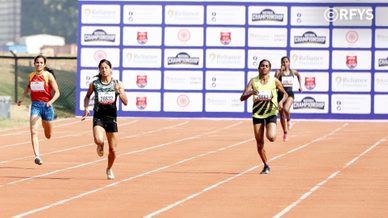
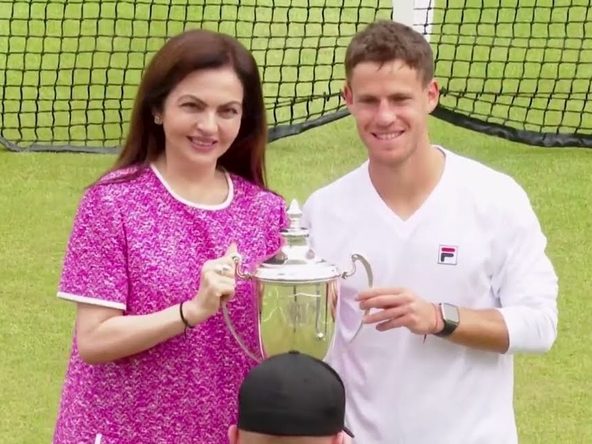
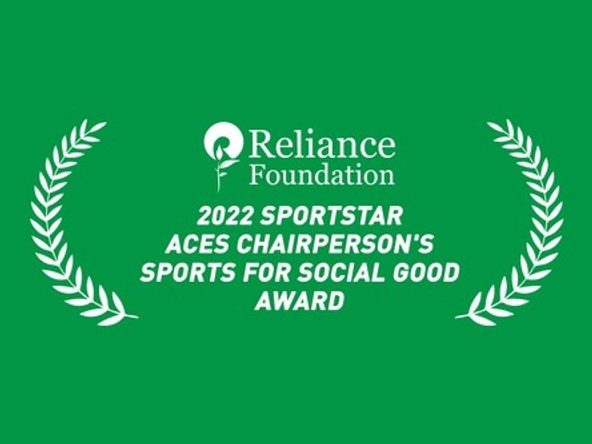
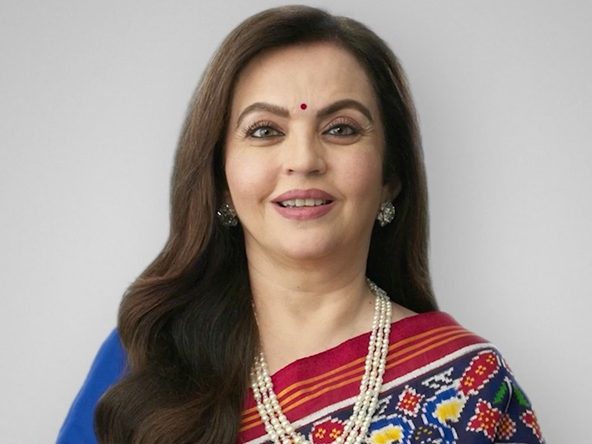
Your Comments